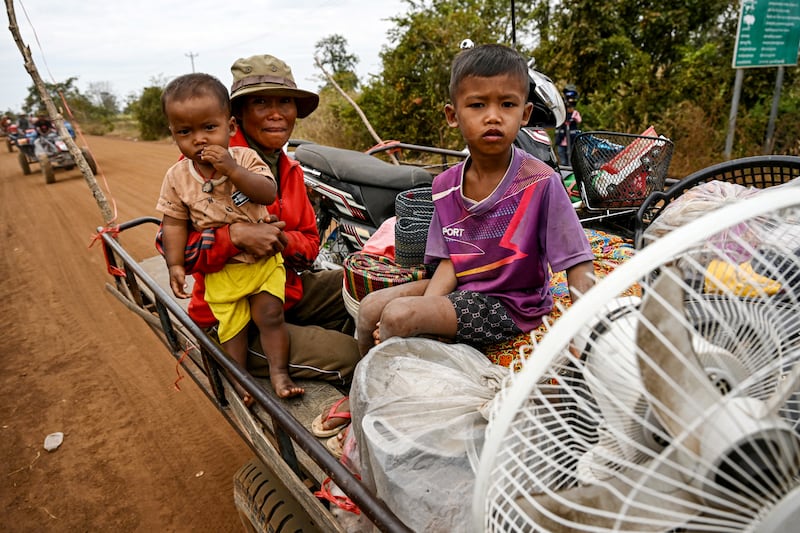Barry Keoghan has come a long way, but one formative professional controversy won’t leave him alone.
It is May and we are on the roof of the Palais des Festivals in Cannes. Helicopters land over his left shoulder. The Mediterranean gleams behind mine. Yorgos Lanthimos's The Killing of a Sacred Deer has received raves after its early-morning press screening. Keoghan, stunning as a malign, passively aggressive presence, is entertaining the fourth estate before the red-carpet premiere later in the evening. Everything is going smoothly until we are interrupted by what sounds like a cat trying to escape from a barrel.
“What is that?” he says.
“I think it has to be a bird.”
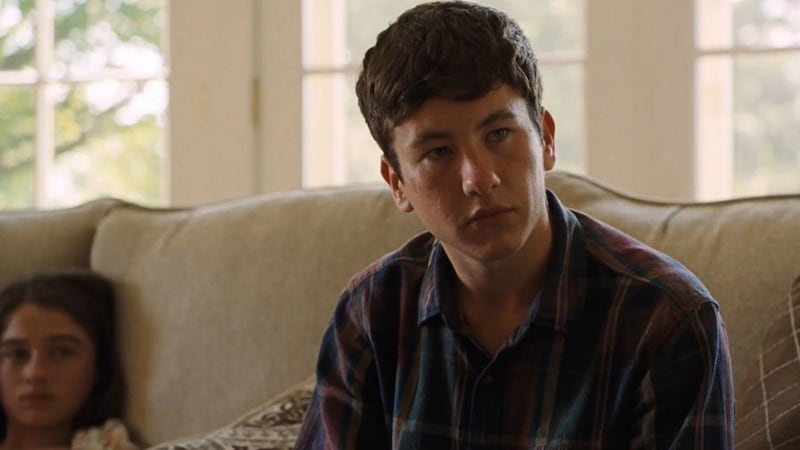
A fierce maritime creature out of Coleridge lands on a nearby wall and eyes us malevolently. Is that it? The noise continues.
At this point, a senior British PR professional trots past and gives Keoghan a wink.
“You killing a cat again?” she says.
It's four years since Keoghan's character shot that poor cat in Love/Hate. In the interim, he's had decent roles in Yann Demange's '71, Rebecca Daly's Mammal and, most conspicuously, Christopher Nolan's Dunkirk. The air around him is alive with expectation. Yet even the English can't seem to shake off the blasted cat.
“Oh Jesus yeah. We’re in France and they know about it,” he says.
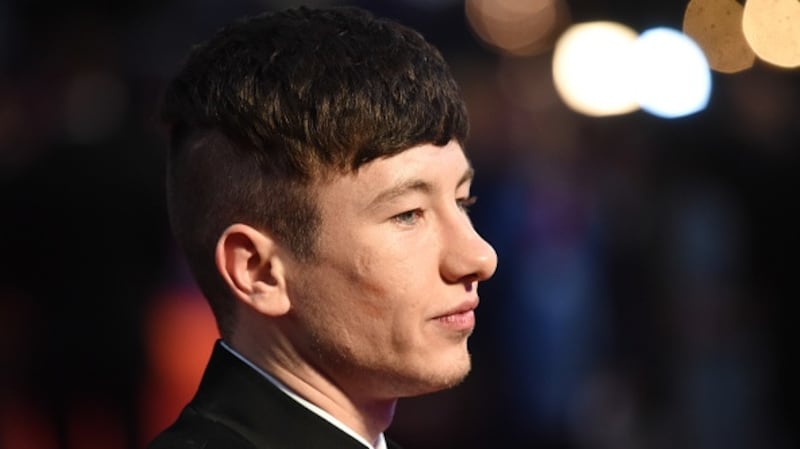
Now 25, Keoghan is friendly, but cautious. You get the sense that, after a difficult childhood, the Dubliner has learned to measure every word. Dressed in a big white shirt that glows in the exhausting sun, he is never too far from an uncertain, crooked smile. We saw that at the press conference earlier this morning. Settling in beside Nicole Kidman and Colin Farrell, his co-stars in The Killing of a Sacred Deer, he joshed on a prematurely live mic with the publicity people. The name is "Keoghan", he explained, It means "wolf".
"Not a lot of people know that," he says with a laugh. "I used to post Instagram pictures of wolves. I was doing a picture called Black 47 with Stephen Rea. And it was him that wondered what it was in Irish and he looked it up on a database. Wolf cub? I did not know that. They're my favourite animals."
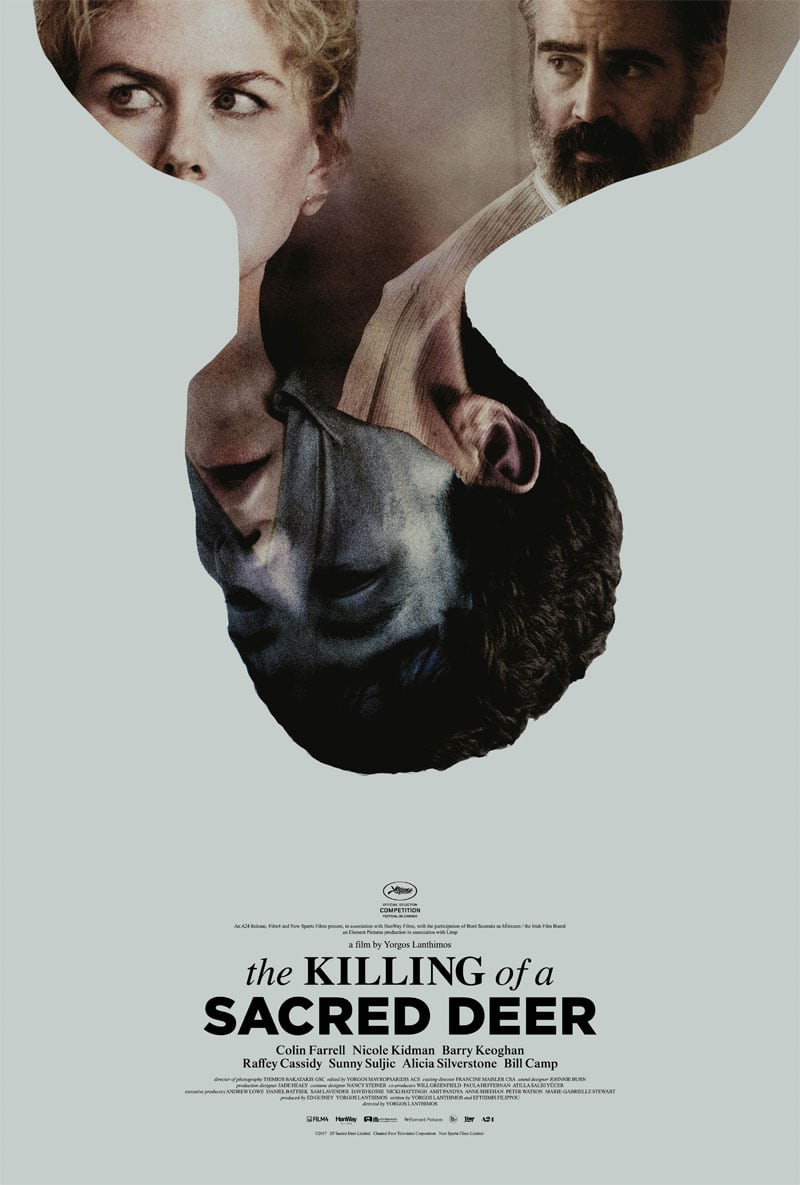
Keoghan may still be a young fellow, but it’s a surprise to hear he has never acted beside Farrell before. Farrell is everywhere. Keoghan is in most places. You would imagine they’d have rubbed against one another. At any rate, he says all the right things. Farrell is, after all, now of an age to be a mentor.
“The first time I saw him he gave me a big hug,” Keoghan says. “He is like a lad from down the road. He is a very caring man. He looked after me a lot. I learned a lot from him. And I don’t mean just being an actor. You learn manners. You see him talking to people and you realise that’s how that should be done. You learn life lessons.”
That’s interesting. When Farrell was breaking through there were few Irish superstars to offer guidance or provide warnings. The country was still coming to terms with its newfound vogue.
"Hollywood came to Colin when he was really young," Keoghan agrees. "He was Hollywood. And he's just a remarkable guy. I grew up watching him. Intermission was my favourite film. I looked up to him and Cillian Murphy. "
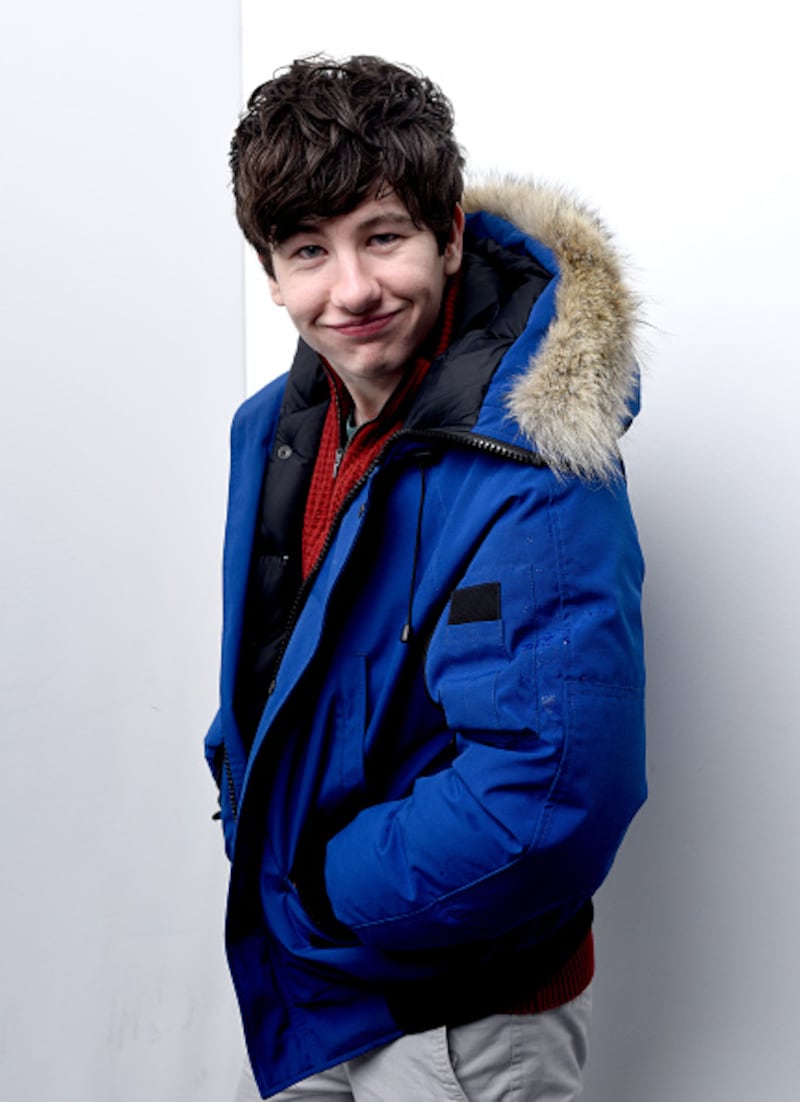
Keoghan grew up in and around the Summerhill quarter of central Dublin. Those were grim years. "Heroin came into Dublin, and it caught every family. My mother was one of the unlucky ones," he told the Hollywood Reporter recently. He spent a while in care before moving in with his indomitable grandmother.
“My mother passed,” he says soberly. “She passed when I was 10 or 11.”
He remains fiercely proud of where he came from and knows he had fewer advantages than most of his contemporaries in the business. Acting crept up on him. Keoghan was a good footballer and still is a very good boxer. Those seemed like more obvious routes to success. Then an audition for Mark O'Connor's 2011 film Between the Canals opened up fresh possibilities.
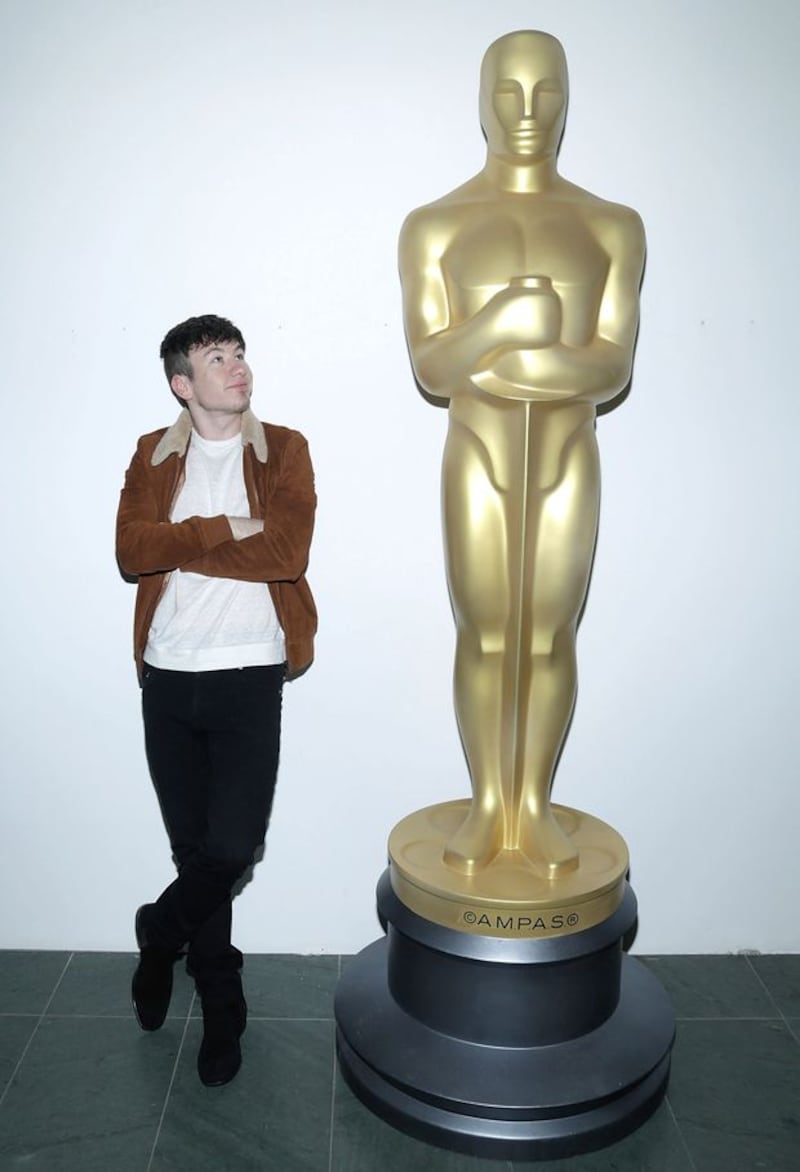
"Acting wasn't the top thing," he says. "To try and finish school was a big thing. I went to an open audition for Between the Canals and that was a big thing. I suddenly thought: Ah, yeah! Then I started getting brought away to do roles. That's when I got taken seriously."
Keoghan has a presence and an intensity that drags all energy to his corner of the screen. Nobody else can collapse into mischievous laughter with such enthusiasm. But he is also capable of the terrible calmness that stirs such horrid undercurrents in The Killing of a Sacred Deer. He takes the business very seriously. He wants others to do the same.
“I am trying to create a space for people who don’t have a lot of opportunities too,” he says. “That’s true in the countryside as well. They don’t have these opportunities. If you’re from the upper or middle class and you want to do it you can do it. I’m here in Cannes now and I really have to check myself. Is this real? But you can’t let that stuff hold you back.”
The role in Love/Hate really changed things for him domestically. There have been very few drama series in Ireland's history – The Riordans was another – that caught the collective imagination so vigorously. Tabloids reported the hoodlums' appalling antics with the same assiduousness they brought to real news featuring real people. There were, after his most notorious scene, fears of (ahem) copycat killings.
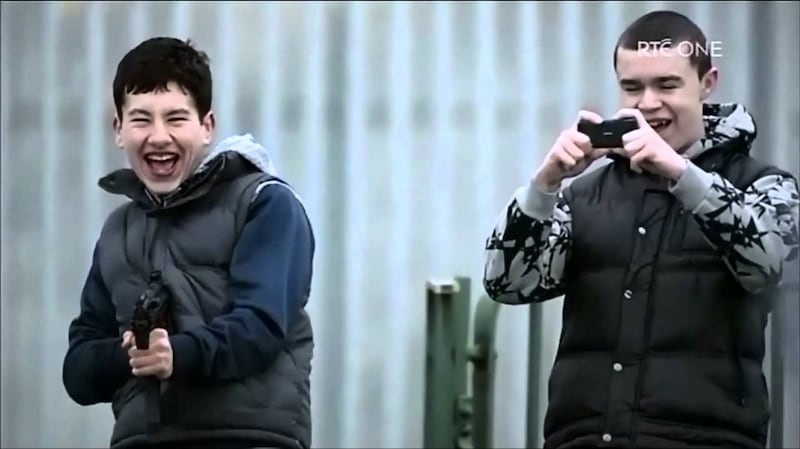
That coverage brought the actors proper celebrity. That can change a person.
"I was always a fan of the show. I watched it every Sunday. It was great," he says. "Love/Hate was weird. They say you change. But you don't. People change towards you. They don't know how to deal with you. That's because they put you on this platform in their heads. That opened a lot of doors. Then '71 came along and that was the one for me. That introduced me to English film-makers."
The Killing of a Sacred Deer will open further doors. Aside from anything else, it proves that Keoghan can effectively play an American.
Some time after our interview, I encounter the fine young US actor Charlie Plummer, star of the upcoming Lean on Pete. Keoghan had admired his performance in an underrated film called King Jack and got in touch. They ended up becoming close friends.
"When he was doing Killing of a Sacred Deer I was doing Lean on Pete," Plummer tells me. "He reached out to me and asked me to record my accent. He used that to work on for Killing of a Sacred Deer. Isn't that funny? And his accent is really good."
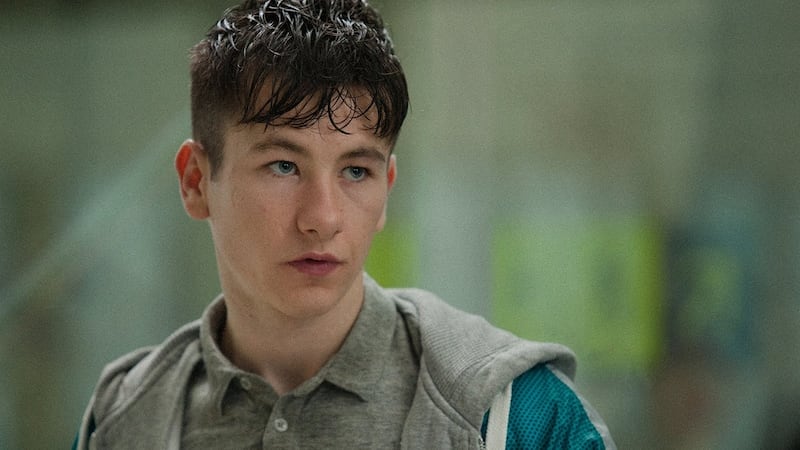
It is good. Better still is the menace he brings to the kid who has some mysterious hold on Colin Farrell’s arrogant surgeon. “He plays a lot of baddies,” Plummer says.
He will play more. He will also play softer characters. He will win the biggest awards. There seems, however, little chance that Keoghan will lose sight of where he came from. He returns frequently to the importance of Ireland.
“I talked to my brother a few years ago,” he says. “And I told him, this is going to happen. That Conor McGregor thing is important: the law of attraction. Conor has been a huge help to us Irish people. He really inspires us. He has been like a god to me. It’s the way he goes on. He gives us all confidence.”
I suppose Keoghan does radiate a kind of confidence. But he has none of the McGregor swagger. You have to chip away to get at his inner strength. Like McGregor, he works hard. And he knows how to handle himself inside the ring.
“I always do boxing whenever I go away,” he says. “I join a boxing club wherever I go. I train for eight weeks. I do that wherever I go. You have the gloves. You can spar. I am doing that since I was 15. I am going to fully commit and get my boxer’s license and go for it.”
Really? That demonstrates an impressive level of commitment. Any duffer can spar. It takes focus to properly commit. “Oh, yeah. They say: ‘Be careful with the face.’ Look at this face! Be careful with that? Ha ha! It’ll give me a bit of character. Right?”
Keoghan has had quite a year. Christopher Nolan's Dunkirk was celebrated as cinema of effect: the combat noise, the rushing camera, the surging score. But, at the film's heart, Keoghan, Mark Rylance and Cillian Murphy – together on one small boat – got to act out a neat chamber piece. They provided the emotional ballast. That shoot took him to various watery bits of England and France. Much of Lance Daly's intriguing Black 47, a tale of the Famine, was shot in Luxembourg. This is how the business works. Everything is now a little global.

“Yeah. It’s great. And I become more Irish when I go away,” he says laughing. “I kick myself that I don’t speak Irish. Ah man, I’d love to. I am going to learn. We are fighters. We are storytellers. We are musicians. We are a nation of unreal talent and magic. You don’t feel that when you’re growing up. You don’t see that until you go away and you hear how much respect people have for Ireland.”
Just a hint of exile brings out the patriot?
“I start loving my country. I sing ballads to myself in my room. It’s just amazing.”
As we speak, there is Cannes to be dealt with. The Killing of a Sacred Deer will go on to share the best screenplay award with Lynne Ramsay's You Were Never Really Here. Keoghan will appear on every other journalist's "one-to-watch" list. He has passed through the fires with reputation enhanced.
"It's been . . . Look at it," he says, momentarily wordless, as he gestures to the yachts below. "I've seen pictures of this place and saw the movie stars that went through here. Paul Newman and that. Amazing."
That red carpet is still to come. Does he have his dinner jacket?
"I do. Armani gave it to me. They gave it to me!"
He wags his head in astonishment.
We never did discover what sounded so like a dying cat.
The films of Yorgos Lanthimos
Now in his mid-40s, the Greek director Yorgos Lanthimos has become a key chronicler of contemporary anxieties. He began by directing dance videos and TV commercials. In 2001, he edged into features when he co-directed My Best Friend. Three years later, the surge properly began.
Kinetta (2005) Little seen outside Greece, Lanthimos's solo debut concerned a selection of oddballs attempting to film a squabbling couple.
Dogtooth (2009) Now we're really off. Winner of Un Certain Regard at Cannes, Dogtooth focused on a father who keeps his daughters confined in a compound. Greek's economic collapse loomed.
Alps (2011) Working with his regular screenwriter Efthymis Filippou, Lanthimos imagined a business that employs actors to impersonate the recently diseased. Creepy, but has little of Dogtooth's black, black humour.
The Lobster (2015) Dublin's Element Pictures collaborate on the closest thing Lanthimos has made to a mainstream film (not that close). Colin Farrell, Rachel Weisz and many others populate a world where the romantically single are transformed into animals.
The Killing of a Sacred Deer (2017) Barry Keoghan has an unhealthy hold over Colin Farrell's surgeon in a film that looks just a little like an existential horror. Extraordinary sound design. Chilling performances.
The Favourite (2018) Element recruit another amazing cast – Emma Stone, Olivia Colman, Rachel Weisz – for an intriguing historical drama. The great Robbie Ryan is behind the camera. Will Lanthimos achieve rare back-to-back appearances in the Cannes competition?
- The Killing of a Sacred Deer is on general release














